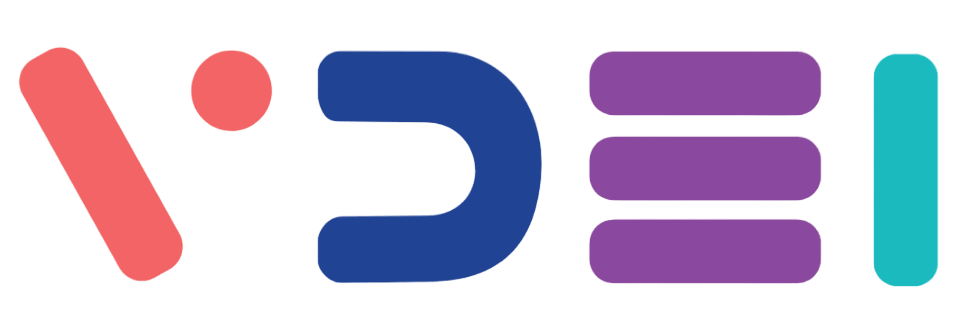Here's a detailed progression from LOD 100 to LOD 500:
- LOD 100: Conceptual Design:
Purpose: Provides a basic, conceptual representation of the project.
Geometry: Simple, abstract shapes representing the building’s overall form.
Information: Basic data such as area, volume, and orientation.
Applications: Early design phase, feasibility studies, and preliminary planning.
Examples: Building massing models, rough site layout, preliminary space allocation.
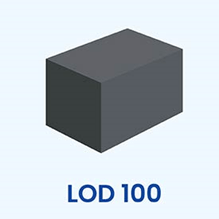
- LOD 200: Schematic Design:
Purpose: Adds more detail to the conceptual design, reflecting approximate geometry.
Geometry: Generic placeholders for systems and components with approximate dimensions and locations.
Information: Preliminary data on materials, sizes, and systems.
Applications: Design development, initial cost estimation, and coordination.
Examples: Simplified floor plans, generic doors and windows, preliminary structural framework.
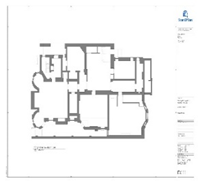
- LOD 300: Detailed Design:
Purpose: Provides a more accurate representation of the project for construction documentation.
Geometry: Precise dimensions, shapes, locations, and orientations of components.
Information: Detailed specifications, materials, and performance data.
Applications: Construction documentation, detailed cost estimation, and coordination.
Examples: Detailed architectural elements, exact structural components, specific HVAC layouts.
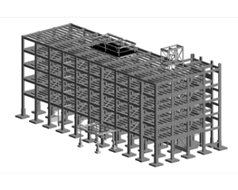
- LOD 350: Construction Documentation
Purpose: Enhances LOD 300 with additional detail necessary for construction.
Geometry: Detailed interfaces, connections, and supports between building systems.
Information: Comprehensive data including installation and fabrication details.
Applications: Construction planning, clash detection, and coordination with trades.
Examples: Specific connection details, support systems for mechanical equipment, detailed installation requirements.

- LOD 400: Fabrication and Assembly:
Purpose: Provides precise geometry and information for fabrication and assembly.
Geometry: Exact dimensions and spatial relationships suitable for manufacturing.
Information: Detailed fabrication, assembly, and installation data.
Applications: Prefabrication, shop drawings, and assembly instructions.
Examples: Fabrication-ready structural steel components, detailed ductwork layouts, prefabricated wall panels.
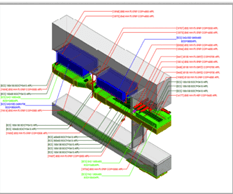
- LOD 500: As-Built:
Purpose: Represents the project as actually constructed.
Geometry: Exact geometry reflecting the final built condition.
Information: Complete as-built data, including all changes made during construction.
Applications: Facilities management, operations, maintenance, and lifecycle management.
Examples: Accurate representation of all installed building components, final systems, and equipment.
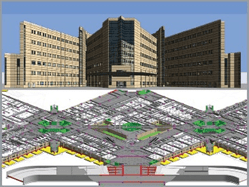
Key Benefits of LOD Progression:
- Enhanced Precision and Accuracy:
– Higher LOD levels ensure models are detailed and accurate, reducing errors and discrepancies during construction.
- Improved Communication and Collaboration:
– Standardized LOD definitions facilitate clear communication and coordination among project stakeholders.
- Better Project Management:
– Detailed models support efficient project planning, scheduling, and cost estimation, improving overall project management.
- Integration with Advanced Technologies:
– LOD is essential for integrating BIM with digital twins, IoT, and AI, enabling real-time monitoring and predictive maintenance.
- Lifecycle Management:
– LOD 500 models are invaluable for facilities management, providing a reliable digital record for ongoing operations and maintenance.
